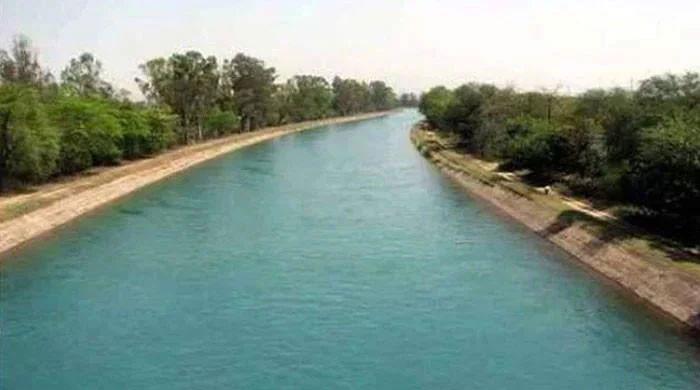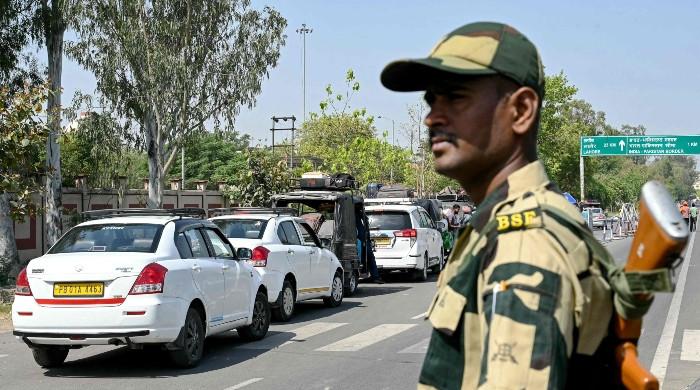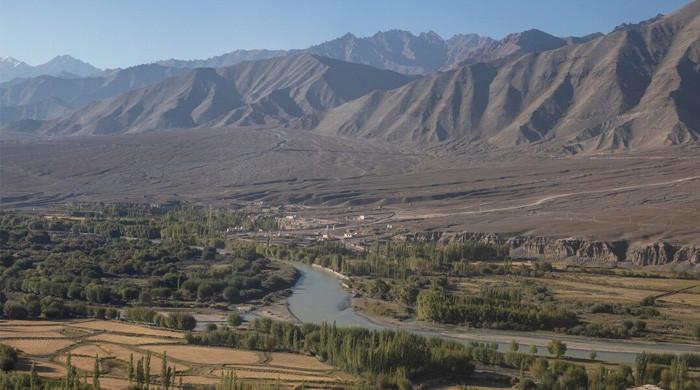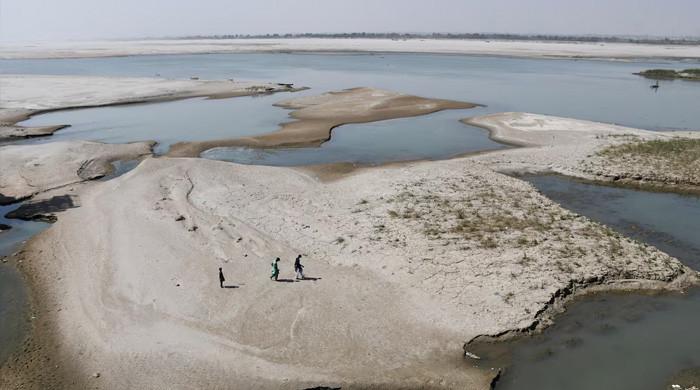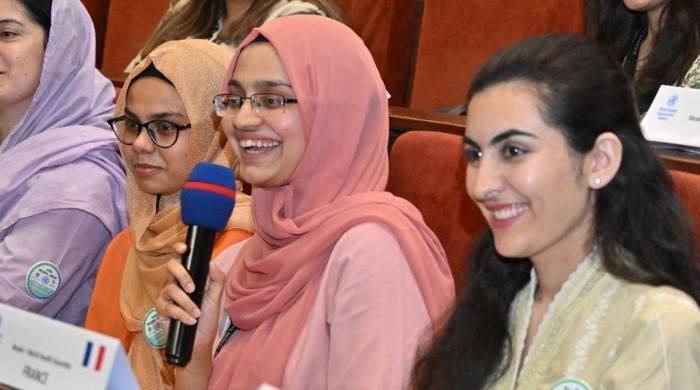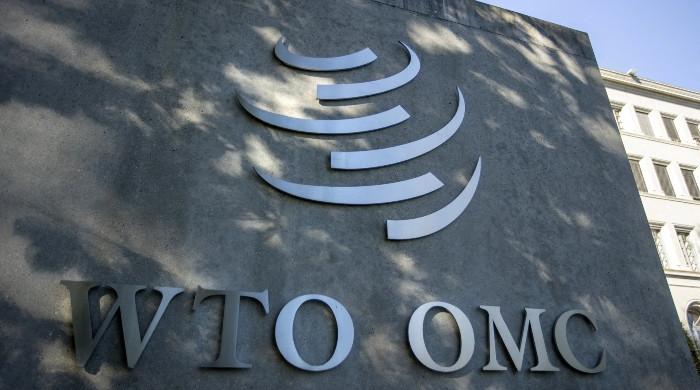The Olympics of climate change
COP28 brings together a diverse array of parties, delegates and attendees from numerous nations
December 09, 2023
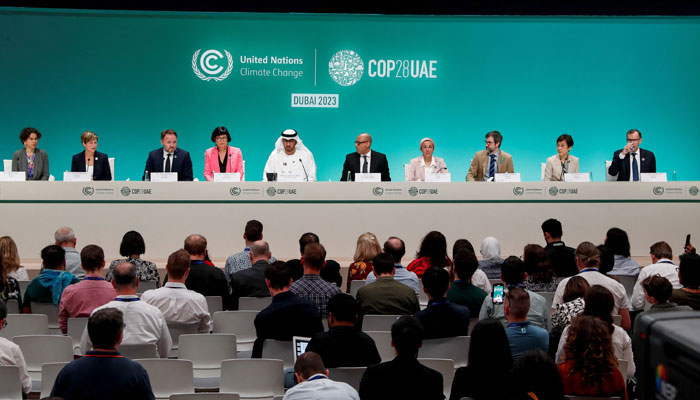
Like the Olympics which represents a harmonious blend of cultural diversity, sportsmanship, and global unity — drawing participants from every continent — the Conference of the Parties (COP28) in the United Arab Emirates embodies this spirit in the crucial field of climate action.
Mirroring the Olympic gathering of athletes from across the globe, COP28 brings together a diverse array of parties, delegates, and attendees from numerous nations.
Each participant at COP28 contributes their cultural viewpoint and understanding, echoing the rich landscape of representation seen in the Olympic Games. This event serves as a critical platform for global collaboration, dialogue and action in addressing the pressing and complex challenges of climate change.
The debate on energy transition at COP28 is akin to a marathon, demanding endurance, strategic foresight and adaptability. Many nations and climate experts have declared the energy sector as the key to solving the climate change crisis. However, the landscape of energy transition is difficult and complex.
Many fossil fuel economies including Saudi Arabia are not in favour of rapid phasing out of fossil fuels, and they are pleading their case for orderly and just energy transition. Nations are required to pace their transition from fossil fuels to renewables, balancing immediate energy requirements with long-term sustainability goals. This transition is analogous to a marathon runner’s strategy, requiring a mix of immediate energy and sustained effort.
On the other side, climate experts, groups and the Powering Past Coal Alliance (PPCA) are calling for the retirement of coal power plants and a ban on new coal plants as the 100-metre sprint, a highlight of the Olympics, symbolises the urgent race to halt coal expansion at COP28. This race requires immediate, decisive action, akin to the burst of speed in a sprint.
Nations must rapidly shift policies and investments away from coal to prevent further environmental degradation, reflecting the sprint’s intensity and focus. This alliance led by the UK and other EU nations has recently been joined by the US, the UAE and other nations.
The archery event of this climate Olympics is the operationalisation of the Loss and Damage Fund, where precision and focus are apt metaphors for the challenge of directing funds effectively in climate finance. Every dollar must be meticulously targeted, like an arrow, to achieve maximum impact. This requires detailed knowledge of where funding is most needed and how it can be best utilised, which involves complex assessments and international cooperation.
In the realm of COP28, the intricate process of climate financing and the creation of a loss and damage fund can be metaphorically compared to the sport of archery in the Olympics. Just as an archer must aim with precision and focus to hit the bullseye, the allocation of climate funds requires strategic and accurate targeting.
This precision is essential in ensuring that resources are directed effectively, particularly towards regions most vulnerable to climate change impacts. The allocation process, akin to an archer adjusting for various factors, must consider the severity and specifics of climate impacts, prioritising the needs of those most affected.
The management of the Loss and Damage Fund in COP28 mirrors the skill and steady hand needed in archery. It demands careful assessment, distribution, and oversight of the funds, ensuring they are utilised transparently and effectively. This approach is crucial for providing support and relief to countries facing the disproportionate effects of climate change.
Both scenarios underscore the importance of precision, strategic planning, and a focused execution in achieving their respective objectives — whether it’s in the precise sport of archery or the critical task of climate action financing.
The triple jump in athletics demands agility, technique, and power. Translating this to COP28, tripling renewable energy production is no less demanding. It requires technological leaps forward, regulatory agility, and substantial investment. Each phase of the jump — from technology development to implementation — demands precision and coordination.
China and India have not joined this pledge as of yet, mainly due to their heavily fossil fuel-dependent energy sector and capacity above their demands. Moreover, the Japanese pledge in this context also reflects some ambiguity as they are targeting tripling renewable energy globally not for Japan.
In the high jump, athletes must overcome gravity to reach new heights. Similarly, at COP28, nations aim to transcend traditional energy practices to achieve greater efficiency. This involves not just technological innovation but also changes in consumer behaviour, policy reforms, and educational initiatives to promote a culture of sustainability.
The drive to double the energy efficiency and cooling pledge targets the ever-increasing cooling load, particularly for Pakistan, where the summer demand for electricity is way higher than the winter demand and the cooling load causes an exponential increase in the electricity tariff and electricity demand.
Other important events in this climate Olympics are the methane pledge as Pakistan is among the top ten methane emitters, increased focus on carbon capture, nuclear energy, climate-smart food, carbon markets, circular economy, and reducing waste, responsible consumption and production, and role of youth and gender in climate injustice between the Global North and the Global South.
Another important aspect of this Olympics is the economy of COP itself, just as hosting the Olympics is a significant financial undertaking, organising and implementing the objectives of COP28 involves substantial economic resources. Both endeavours require diverse funding sources, efficient allocation, and strict financial oversight.
The challenge lies in balancing economic viability with environmental responsibility, ensuring that financial strategies align with long-term sustainability goals. As a rule of thumb, climate resilience requires that each country without any disparity is capable of holding a successful COP just like COP28 in the UAE.
This will require building climate-smart infrastructure, instilling climate-smart civic sense into the population, climate-aware government, climate-conscious politicians/leaders and logistics. Indeed, this is a politically, diplomatically, economically and financially intensive task.
Pakistan’s journey in the Olympics has been a mix of modest achievements and challenges, mirroring its experience at COP28. Projects like Living Indus and the Loss and Damage Fund highlight Pakistan’s commitment to environmental action. However, just as its athletes face resource and infrastructure constraints, the nation grapples with financial and logistical challenges in meeting its climate goals. Pakistan’s performance at COP28, therefore, is reflective of its resilience and determination, despite these hurdles.
The climax of COP28 is not marked by individual triumphs but by collective progress towards climate resilience. This requires a paradigm shift from competitive to cooperative efforts. Just as in the Olympics, where the spirit of sportsmanship prevails, COP28 must foster a spirit of global solidarity. It is not just about one nation’s victory but about every nation crossing the finish line, symbolising a world united in its response to climate change.
COP28 is akin to the Olympics of climate change, where the pursuit of environmental excellence is a collective journey. Success is measured not in medals but in milestones towards a sustainable and resilient world. The path is challenging, but with shared commitment and global cooperation, every nation can cross the finish line of climate resilience.
The writer has a doctorate in energy economics and serves as a research fellow at the Sustainable Development Policy Institute (SDPI). He tweets @Khalidwaleed and can be reached at [email protected]
Disclaimer: The viewpoints expressed in this piece are the writer's own and don't necessarily reflect Geo.tv's editorial policy.
Originally published in The News




